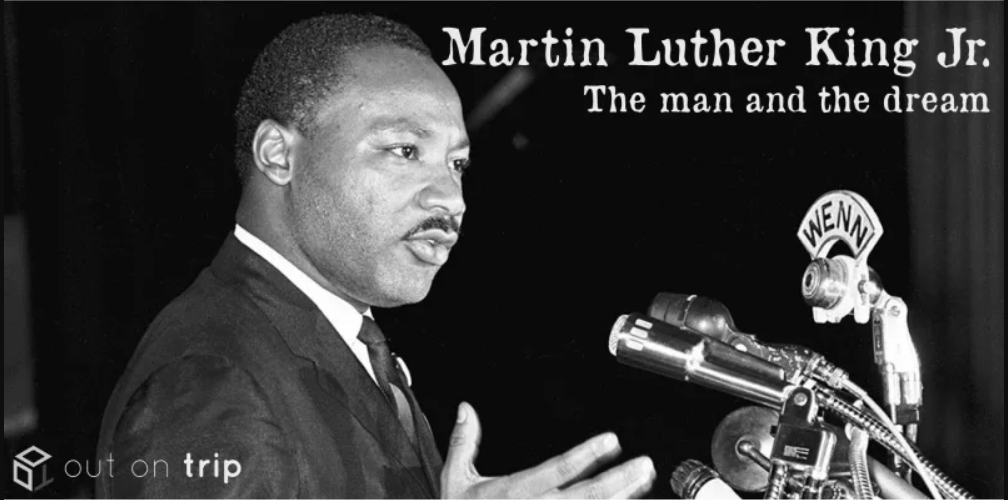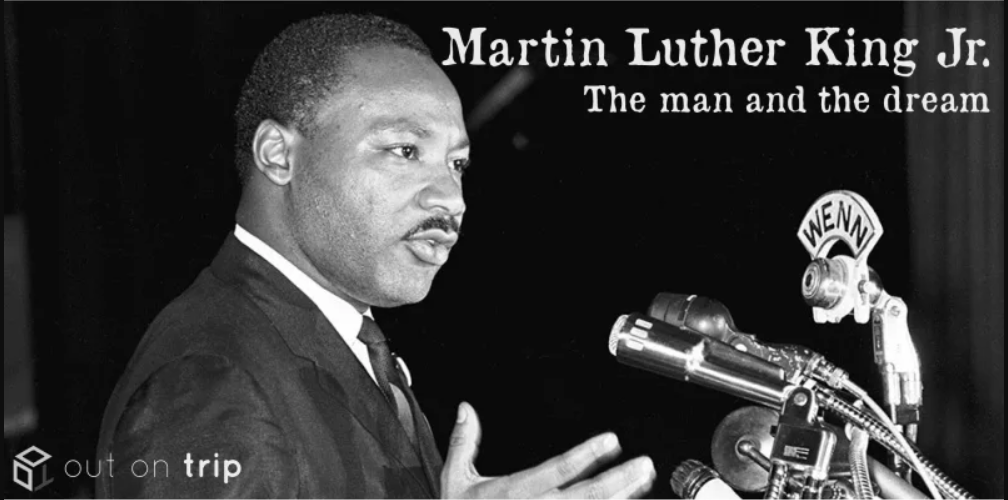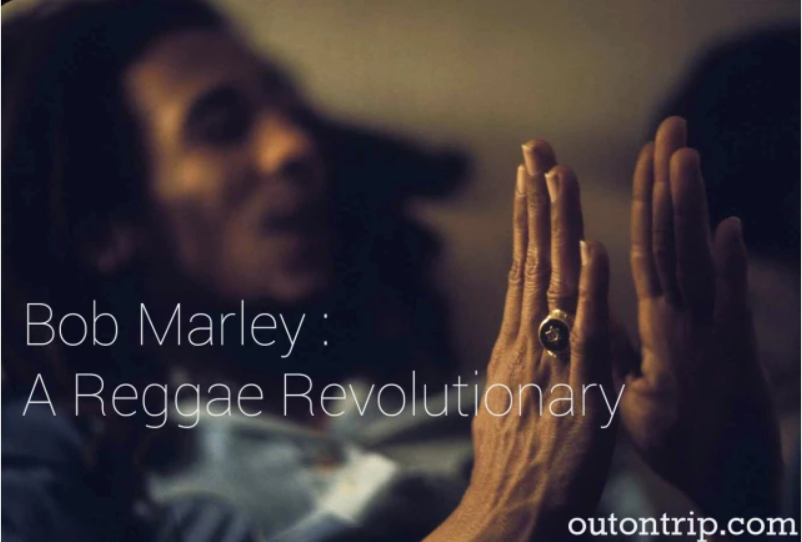
Inspired by Mahatma Gandhi's success with non-violent activism, King had "for a long time...wanted to take a trip to India. With assistance...
Inspired by Mahatma Gandhi's success with non-violent activism, King had "for a long time...wanted to take a trip to India. With assistance from the Quaker group to make journey in April 1959. The trip to India affected King deepening his understanding of non-violent resistance and his commitment to America's struggle for Civil rights. In a radio address made during his final evening in India, King reflected, "Since being in India, I am more convinced than ever before that the method of non-violent resistance is the most potent weapon available to oppressed people in their struggle for Justice and Human Dignity".
Another influence for King's non-violent method was Thoreau's essay on Civil Disobedience, which King read in his student days influenced by the idea of refusing to cooperate with an evil system. He also was greatly influenced by the works of Protestant theologians Reinhold Niebuhr and Paul Tillich, as well as Walter Rauschenbusch's Christianity and the Social Crisis. In his later career, King used the concept of "agape"(the deepest form of Christian love), which may have represented an influence of Paul Ramsey.
Martin Luther King based his idea of non violence is six-steps
Gather Information
Educate others
Remain Committed
Peacefully Negotiate
Take Action Peacefully
Reconcile
While his Principles which were inspired from Mahatma Gandhi were
Non-violence is a way of life for courageous people.
Non-violence seeks to win friendship and understanding
Non-violence seeks to defeat injustice, not people
Non-violence holds that voluntary suffering can educate and transform
Non-violence chooses love instead of hate.
Non-violence believes that the universe is on the side of justice.



